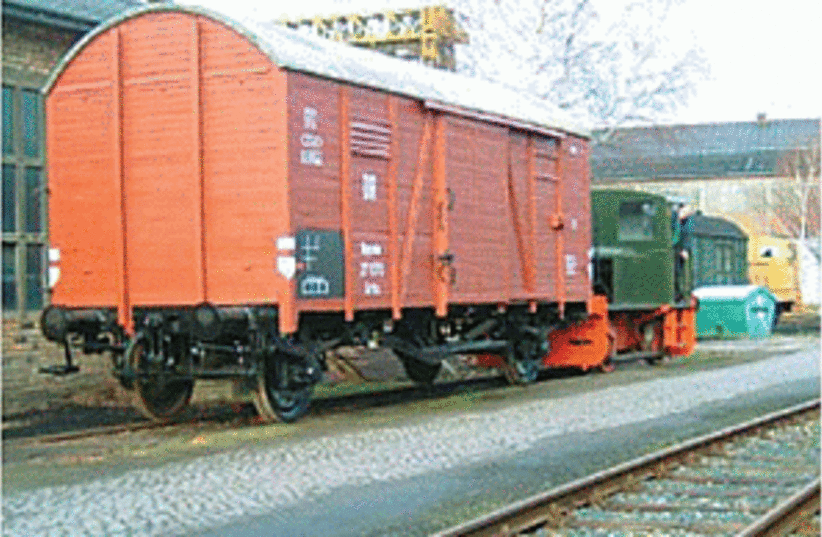| More about: | Houston, Ross Perot, BP, Rice University |
Nazi-era boxcar journeys to Houston
For decades, the wagon sat in the rail yard behind the Blankenburg-Harz train station in former East German town.


| More about: | Houston, Ross Perot, BP, Rice University |